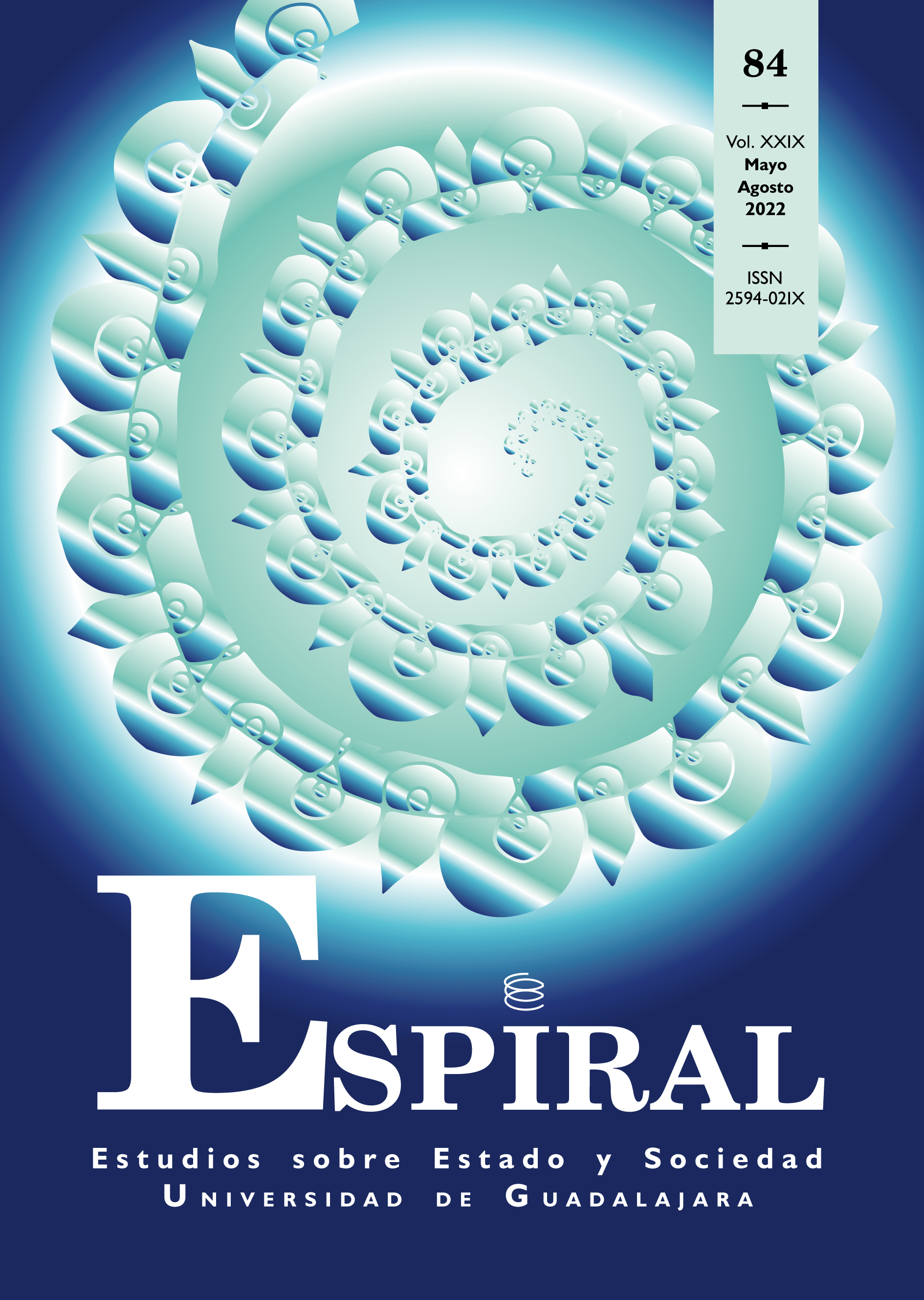Patrones de fluidez y barreras de clase social en México: Análisis de la desigualdad que afecta a la generación joven
DOI:
https://doi.org/10.32870/eees.v29i84.7239Keywords:
movilidad de clase, fluidez social, México, modelos loglineales, década ganada.Abstract
The goal of this article is to analyze the patterns of inequality that affect different birth cohorts in Mexico from the perspective of chances for social mobility. Based on a longitudinal cohort design, the changes and continuities in the intensity of the association between social class origins and destinations are analyzed, both without isolating (controlling) the structural effects of changes in the occupational structure (absolute mobility) and isolating them, in order to know the net chances for intergenerational social mobility (social fluidity). The analysis applies the comparative methodology of specific rates and loglinear models, based on the EGP class scheme. The results show that, despite given the improvements in income distribution inequality during the “hard-won decade”, the country was characterized by a social closure that reduced the net opportunities for social promotion and downward mobility, but was accompanied by an increase in the permeability of certain class barriers differentiable by sex.Downloads
Downloads
Published
How to Cite
Issue
Section
License
Open access policy
Authors who publish in this journal accept the following conditions:
In accordance with the legislation of copyright, Espiral Estudios sobre Estado y Sociedad recognizes and respects the moral rights of the authors, as well as their equity ownership, which will be given to the journal to for diffusion on open access. Espiral does not charge authors for sending and processing their articles for publication.
The authors are able to engage in independent and additional contractual agreements for the non-exclusive distribution of the article’s version published in Espiral (for example, to include it in an institutional repository or publish it in a book) provided that they clearly indicate that the work was published for the first time in Espiral.
For all of the above, the authors (s) must send a format of a letter of transfer of property rights on the first publication duly completed and signed by the author (s). This format can be sent via email in PDF file to the email espiral.udeg@gmail.com. (Letter of transfer of author property rights)
![Espiral Estudios sobre Estado y Sociedad [eISSN: 2594-021X]](http://espiral.cucsh.udg.mx/public/journals/10/pageHeaderLogoImage_es_ES.jpg)

